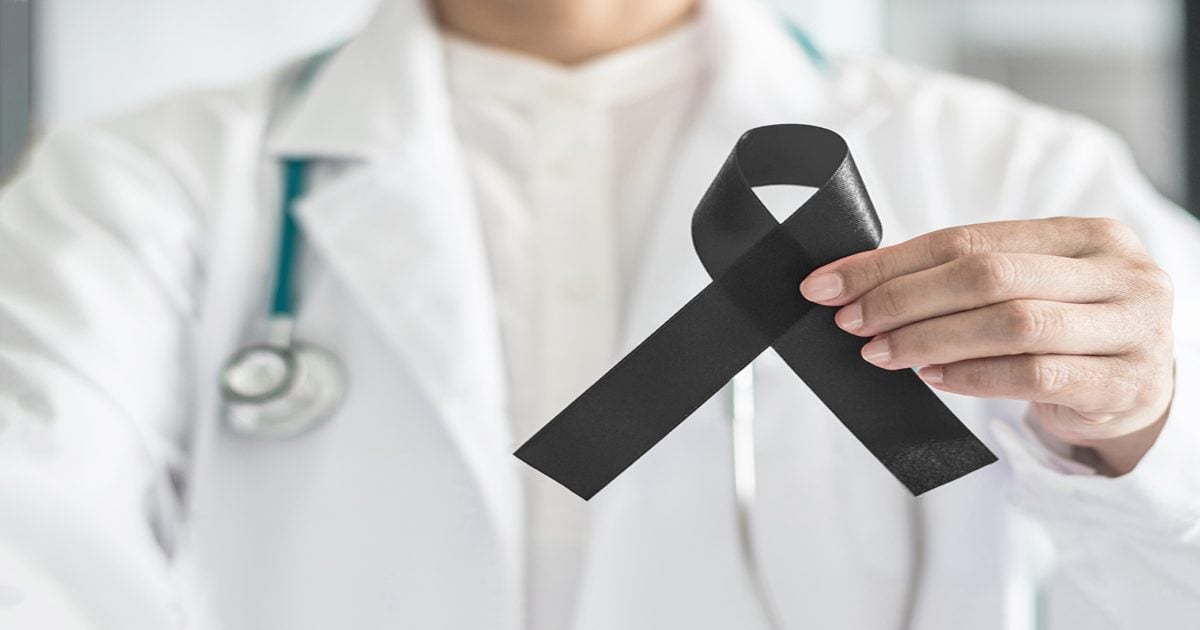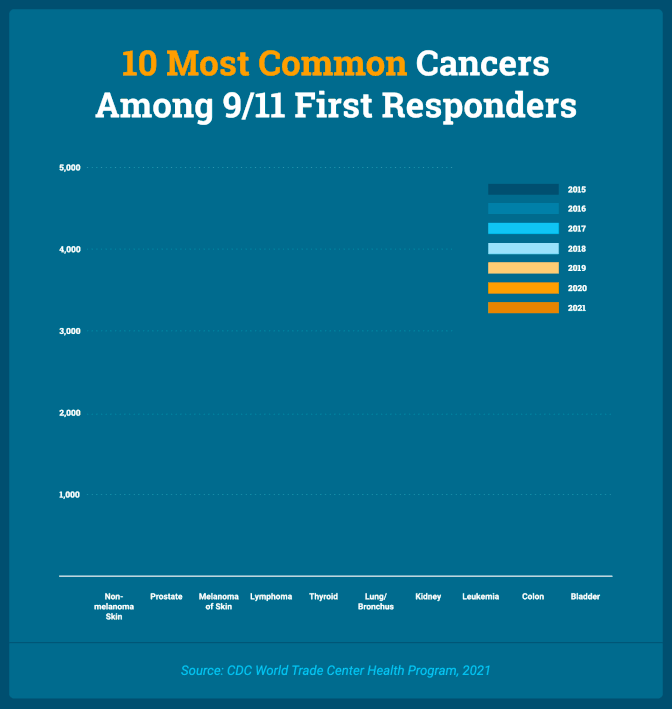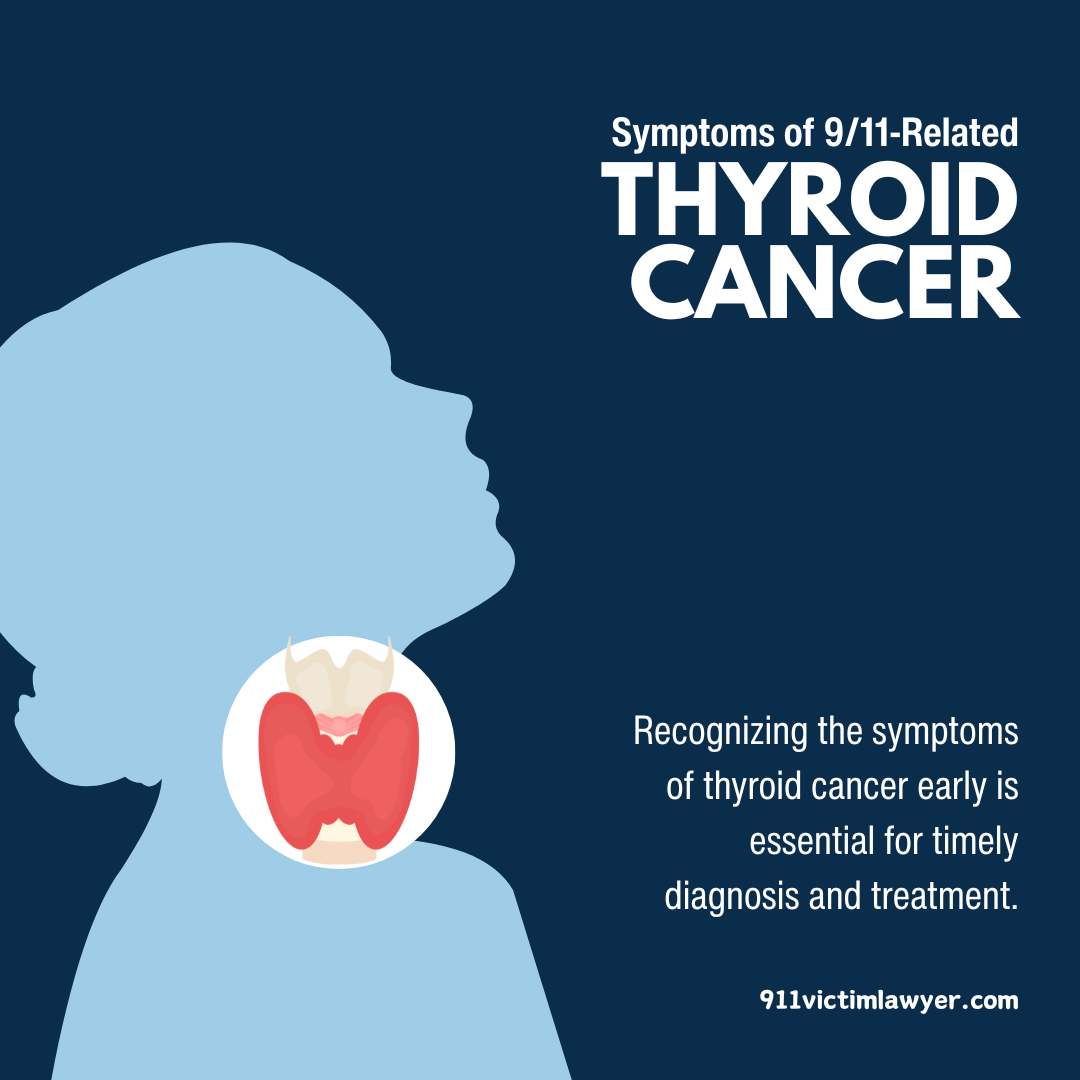Exploring the Connection Between Skin Cancer and 9/11

Skin cancer is, by far, the most common cancer certified by the World Trade Center Health Program as related to exposure to the 9/11 toxins, including not only first responders but also anyone who lived, worked, or went to school in lower Manhattan between 9/11 and July 31, 2022. Non-melanoma skin cancer has been definitively linked to 9/11 exposure in 8,019 responders and 3,159 non-responders such as area workers, residents, and students. The 9/11 toxins have been linked to melanoma of the skin in 878 responders and 460 non-responders, including downtown Manhattan workers, residents, and students. Melanoma and nonmelanoma skin cancers are among the top 10 most common 9/11-related cancers reported among those present in the aftermath of 9/11.
It is imperative for those present on 9/11 to understand the link between exposure to hazardous conditions during the 9/11 attacks and the increased incidence of skin cancer, including both melanoma and nonmelanoma skin cancers. Awareness of this connection between skin cancer and 9/11 can help survivors and responders access the ongoing medical monitoring they need to ensure early detection of any signs of skin cancer. Early detection offers the best hope for patients with skin cancer.
Did 9/11 Cause Skin Cancer?
In the aftermath of the 9/11 attacks, those present were exposed to a toxic mix of chemicals and particles that have been linked to various health conditions, including skin cancer. The debris from the collapsed towers contained carcinogenic substances such as asbestos, polycyclic aromatic hydrocarbons (PAHs), metals, concrete, glass, and other hazardous materials. These substances are known to contribute to the development of 9/11 cancer, including skin cancers such as melanoma, basal cell carcinoma, and squamous cell carcinoma. Studies suggest a higher prevalence of these skin cancers among those who were exposed in the aftermath of 9/11, and the World Trade Center Health Program (WTCHP) recognizes skin cancer as a certified 9/11-related condition, making it an eligible condition for monitoring and treatment.
Rates of Skin Cancer in 9/11 Victims
The WTC Health Program tracks and treats 9/11-related health conditions among 9/11 responders and survivors, and has reported higher incidences of both melanoma and non-melanoma skin cancers in this population compared to the general population. Over 10,000 responders and survivors have been diagnosed with 9/11-related non-melanoma skin cancer, making it the most common type of cancer among responders and survivors. Additionally, over 1,200 responders and survivors have been diagnosed with melanoma of the skin. These findings underline the serious long-term health ramifications of the toxic exposures related to the attacks.
Types of Skin Cancer Related to the World Trade Center Disaster
The common forms of skin cancer diagnosed in 9/11 survivors and responders include:
- Melanoma: The most serious form of skin cancer, melanoma is less common than other types, but is more likely to grow and spread, especially if not found and treated early. It develops in melanocytes, the cells that give skin its color. There are several different types of melanoma, including superficial spreading melanoma, nodular melanoma, lentigo maligna melanoma, and acral lentiginous melanoma.
- Basal cell carcinoma (BCC): The most common form of skin cancer, this non-melanoma skin cancer arises from the basal cells located in the deepest layer of the epidermis. It is less likely to spread to other parts of the body than melanoma. About 8 out of every 10 skin cancers are basal cell carcinomas.
- Squamous cell carcinoma (SCC): This is a less common type of non-melanoma skin cancer that forms in the squamous cells, which make up most of the skin’s upper layers (epidermis). About 2 out of every 10 skin cancers are squamous cell carcinomas. Squamous cell cancers can usually be removed completely, but they are much more likely than basal cell carcinomas to grow into deeper layers of the skin and spread to other parts of the body.
Each type of skin cancer has distinct characteristics and varying degrees of severity, but all require prompt diagnosis and treatment to prevent spread and improve outcomes.
Skin Cancer and the WTCHP
The connection between skin cancer and the 9/11 attacks is one of many enduring health challenges that thousands of individuals face as a consequence of their service and exposure during and in the months following the terrorist attacks. Recognizing the potential link between 9/11 exposures and increased skin cancer risk, the WTC Health Program provides medical screening and treatment for individuals who were exposed in the months following the 9/11 attacks, including those diagnosed with skin cancers attributed to their exposure. Ongoing medical monitoring and research to fully understand and mitigate the long-term health effects of such exposures is essential. This program is critical in ensuring that 9/11 responders and survivors receive necessary medical care, including regular skin examinations, cancer screenings, and access to dermatological services. For those diagnosed with 9/11 skin cancer, the program covers various treatments ranging from surgical interventions to remove tumors, to radiation therapy and chemotherapy for more advanced cases.
If you or someone you know was present during the 9/11 attacks and is concerned about skin cancer, it is essential to seek evaluation from a medical professional familiar with 9/11-related health issues and to seek ongoing medical monitoring and cancer screenings. Additionally, individuals with a 9/11-related health condition such as skin cancer may be eligible for financial compensation through the 9/11 Victim Compensation Fund (VCF). Attorneys experienced in 9/11 victim compensation can help navigate the complexities of a VCF claim for compensation and registration with the WTCHP, ensuring that victims receive the maximum award they are rightfully entitled to and the medical care and monitoring they need. Contact the dedicated 9/11 attorneys at Hansen & Rosasco, LLP today for a free consultation.



